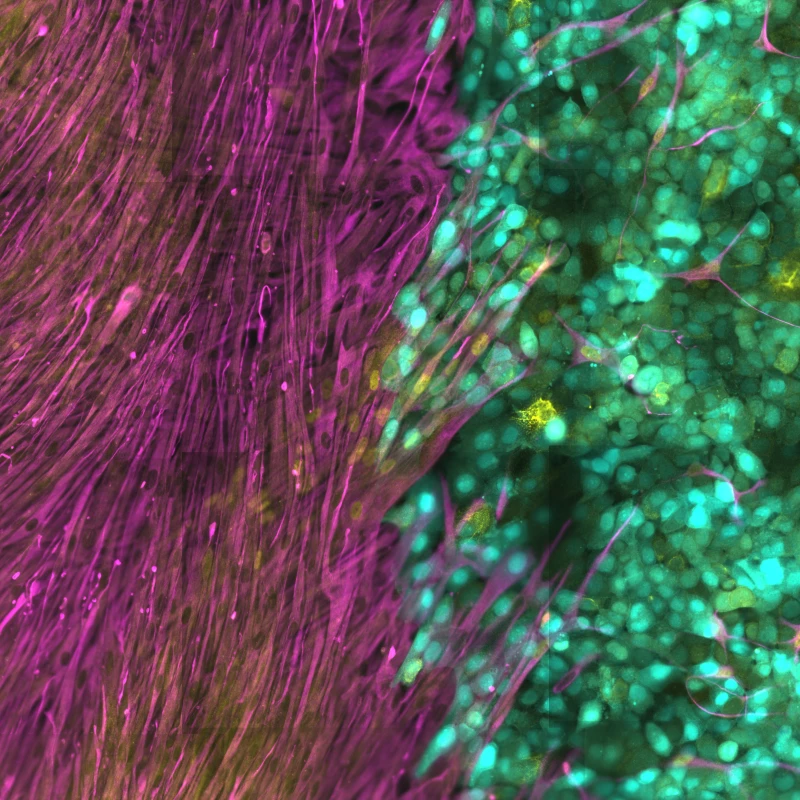One of the many ways scientists hope to improve our odds against cancer is through the use of viruses that selectively infect and kill tumor cells. Known as oncolytic virus therapy, the technique has shown both great promise and also some real limitations, but a newfound understanding of how tumor cells shield themselves from these attackers could give the technique a big boost.
The idea of using viruses to treat cancer has been around for more than a century, but recent studies have produced some truly exciting advances in the area. One 2018 study detailed how a Nobel Prize-winning imaging technology could be used to observe and improve on a highly potent cancer-killing virus, while another described a virus that not only attacks brain tumors, but recruits the body’s immune system to join the fight.
While this type of research continues to illuminate how these experimental viruses work and might be made more effective, only a limited number of patients respond to the therapy. Currently, just one type of oncolytic virus has been approved by the Food and Drug Administration for clinical use.
New findings from researchers at the Francis Crick Institute could help things along, however. The scientists set out to better understand why oncolytic virus therapy is only effective in a small number of patients, and started by investigating the immediate environment around a tumor and how its cells work with their neighbors to repel the virus' advances.
Key to the cancer’s defenses are cells known as cancer-associated fibroblasts (CAFs), which previous research has shown play an active role in promoting the growth of cancers by shielding them from the body’s immune system. The new study dives deeper into these sinister machinations, using laboratory experiments to explore how contact between cancer cells and the fibroblasts drive this protective effect.
The team found that when the cancer cells come into direct contact with the CAFs, they pass on small amounts of fluid called cytoplasm, which sets off a chain reaction that causes inflammation in the surrounding tissue. It is this inflammation, the scientists conclude, that makes it difficult for the viruses to take hold and replicate in the cancer cell and significantly limits their effectiveness.
“This process only occurs when cancer cells and fibroblasts are in direct contact with each other,” says study author Erik Sahai. “In healthy tissue, this type of inflammatory response would only happen during injury, as there is usually a membrane keeping them apart. This is an excellent example of the way cancer hijacks our body’s protective mechanisms for its own gain.”
As part of their experiments on cell cultures and lab-grown tumors, the researchers blocked the signaling pathway involved in this process and found that it made the cancer cells more sensitive to the oncolytic viruses. The team hopes that these findings can pave the way for new treatments that target this form of inflammation and boost the effectiveness of oncolytic virus therapy. Next, they intend to study how the cytoplasm moves from one cell to the other.
“If we can more fully understand how cancer cells protect themselves from oncolytic viruses and find effective ways to stop these protective mechanisms, these viruses could become a more powerful tool doctors can use to treat cancer,” says Emma Milford, co-lead author. “This research is an important, early step towards this.”
The research was published in the journal Nature Cell Biology.
Source: Francis Crick Institute




